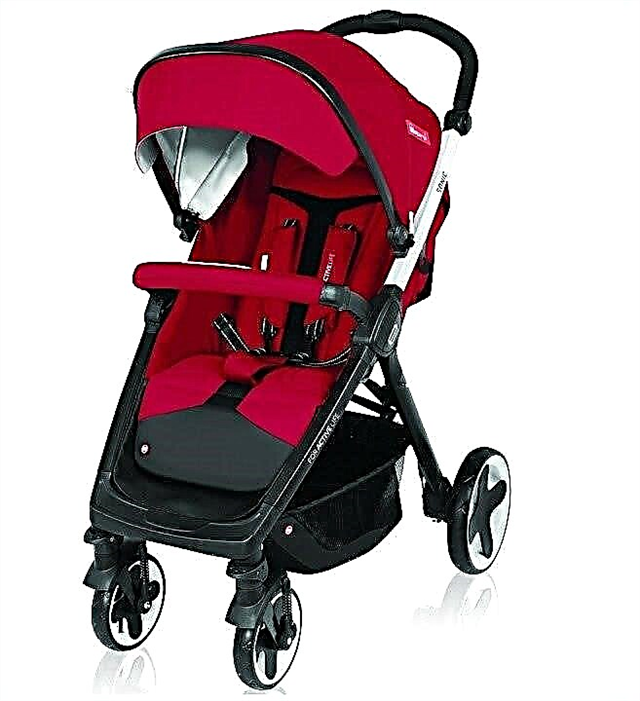The low popularity of lentils among Russians is largely due to the fact that many simply do not know how to cook it. Despite this, the product is very useful and is recommended by many experts for inclusion in the diet of young children.

Lentils are best absorbed by children in soup format.
Benefits of lentils for children
Regular use of lentils by children (as well as by adults) allows:
- activate lipid metabolism;
- stimulate the immune system;
- increase hemoglobin;
- strengthen the cardiovascular system;
- improve bowel activity.
Nutritional value
Lentils are an environmentally friendly product that does not accumulate radionuclides and toxic substances, regardless of the place of growth. It contains a large amount of vitamin C, which makes the lentil garnish especially valuable during the period of vitamin deficiency (late winter or early spring).
One hundred grams of the product contains 14 g of liquid, 25 g of proteins, 54 g of carbohydrates and 1 g of fat. The energy value is 116 kcal. The listed elements are quite enough to maintain the normal functioning of the body throughout the day.

Lentils are a healthy and nutritious product
Important! One serving of lentils for children contains up to 90% of the body's daily requirement for folic acid.
How to choose the right lentils
The process of choosing lentils is practically the same as buying cereals:
- lentils should have a crumbly structure and not stick together;
- there must be no condensation on the surface of the package;
- the beans must be uniform in size and color;
- the package should not contain any foreign particles and debris;
- lentils should be smooth.
Important! Do not purchase a product in damaged packaging.
At what age to enter into the diet
The opinions of experts about the age at which a child can be given lentils differ very significantly. Some doctors are of the opinion that the child's body will cope with the product from 7 months. Others are convinced that up to two years old, a baby should not get to know him. The latter point of view has compelling reasons:
- Legumes are a fairly heavy food, and the undeveloped digestive system of a child who has not even crossed the age of one will simply not cope properly.
- Lentils contribute to the formation of gas, which, in turn, provokes colic.
- The younger the child, the higher the risk of developing an allergic reaction to the new product.
Even adherents of the point of view that lentils will not harm a child who is eight months old, believe that it should be introduced in small portions and exclusively as part of dishes, and not as an independent meal.
Lentil recipes up to a year
Feeding a child under one year old with foods such as peas and lentils should be done with great care. Recipes should be selected carefully.

Lentils are not allowed as a first food.
Lentil soup
The optimal recipe for a baby is a light lentil soup. To prepare it, you will need half a glass of lentils, an onion, a potato, 1 carrot, a vegetable marrow, and a small amount of pumpkin. The dish is prepared as follows:
- Rinse the groats.
- Fill it with a little filtered or bottled water.
- Wash, peel and cut into small cubes all vegetables except carrots.
- Grate the carrots.
- Cook for 20-30 minutes.
Lentil soup for a 1 year old child is a quick and nutritious dish that makes sense to introduce into a child's diet.
Others
As a side dish, it will not be too easy for a kid to digest lentils, so it makes sense to focus on soups, for example, you can cook mashed potatoes. It will need the following ingredients:
- lentils;
- rice;
- onion;
- a tomato;
- water.
The soup is prepared as follows:
- Wash lentils and rice under running water.
- Peel and finely chop the onion.
- Cut the tomatoes into cubes.
- Simmer the tomatoes with onions (without adding oil).
- Throw all the ingredients into boiling water.
- Cook for 20-30 minutes.
- After removing from heat, grind in a blender.
Important! If the soup is too thick, you can always dilute it with hot water.
Lentil feeding rates
When introducing a new product such as lentils into the diet, this should be done as follows:
- The child should not show the slightest sign of an allergic reaction.
- For the last few days, you should not feed the baby with any other products (so that in case of a negative reaction, you should understand exactly what caused it).
- Give exclusively in the morning in micro doses.
- Monitor children's reactions closely throughout the first day.
How often to give
Those who, as a result of searching for an answer to the question at what age a child can be given lentils, decide to feed a baby up to a year with a product, should decide how often this product can be prepared without risk.
There is no definite answer to this question - everything ultimately depends on the individual reaction of the baby's body. In any case, feeding your baby lentils from an early age on a regular basis is not recommended. It is better to cook this product infrequently, for example, once every one or two weeks.

Baby eats
Number
The daily intake of lentils for children under one year old is 50-70 grams. Closer to the age of two years, the volume is allowed to gradually increase to 150-200 grams per day.
What can be combined with
Despite the fact that lentils are great as an independent dish or side dish, in the case of babies it is recommended to combine it with other products. There are practically no restrictions here, you should focus on those ingredients that are already known to the baby. They can be added to a nutritious soup along with lentils.
Of vegetables, onions, tomatoes, potatoes and carrots are excellent culinary companions for lentils. From meat, lean pork or veal can be added to it. You can cook it in broth or water. In principle, many can use seasonings, but keeping in mind the imperfection of the digestive system of a small child, you should limit yourself to salt.
Important! Salting any dishes with the addition of lentils is necessary almost at the very end of cooking. Practice proves that this type of legume takes a little longer to cook in salt water.
Lentil feeding problems
If you give your child lentils before his digestive system is ready for it, he will begin to react to the new complementary food as a toxic substance. Most often this occurs in the form of gastrointestinal disorders. In some cases, diathesis, allergies or diaper rash occur on the skin.
Interesting. It is believed that early nutritional supplements help to accelerate the development of the baby and significantly increase his ability to eat independently. In fact, allergies and diathesis are likely to lead to the fact that the baby will never be ready for certain types of food.
Dr. Komarovsky warns that any dishes with lentils are completely contraindicated for babies who suffer from dysbiosis. Eating too often the product can cause kidney stones to form. That is why children with kidney and urinary tract diseases, as well as uric acid diathesis, are allowed to give lentils only after preliminary approval by a doctor.
Lentils and babies showing a high tendency to allergies should not be introduced into complementary foods. Manifestations of an allergic reaction in this case can be a violation of the stool, fever and the appearance of rashes. At the same time, the younger the child, the higher the risk of the appearance of certain problems associated with eating lentils.



